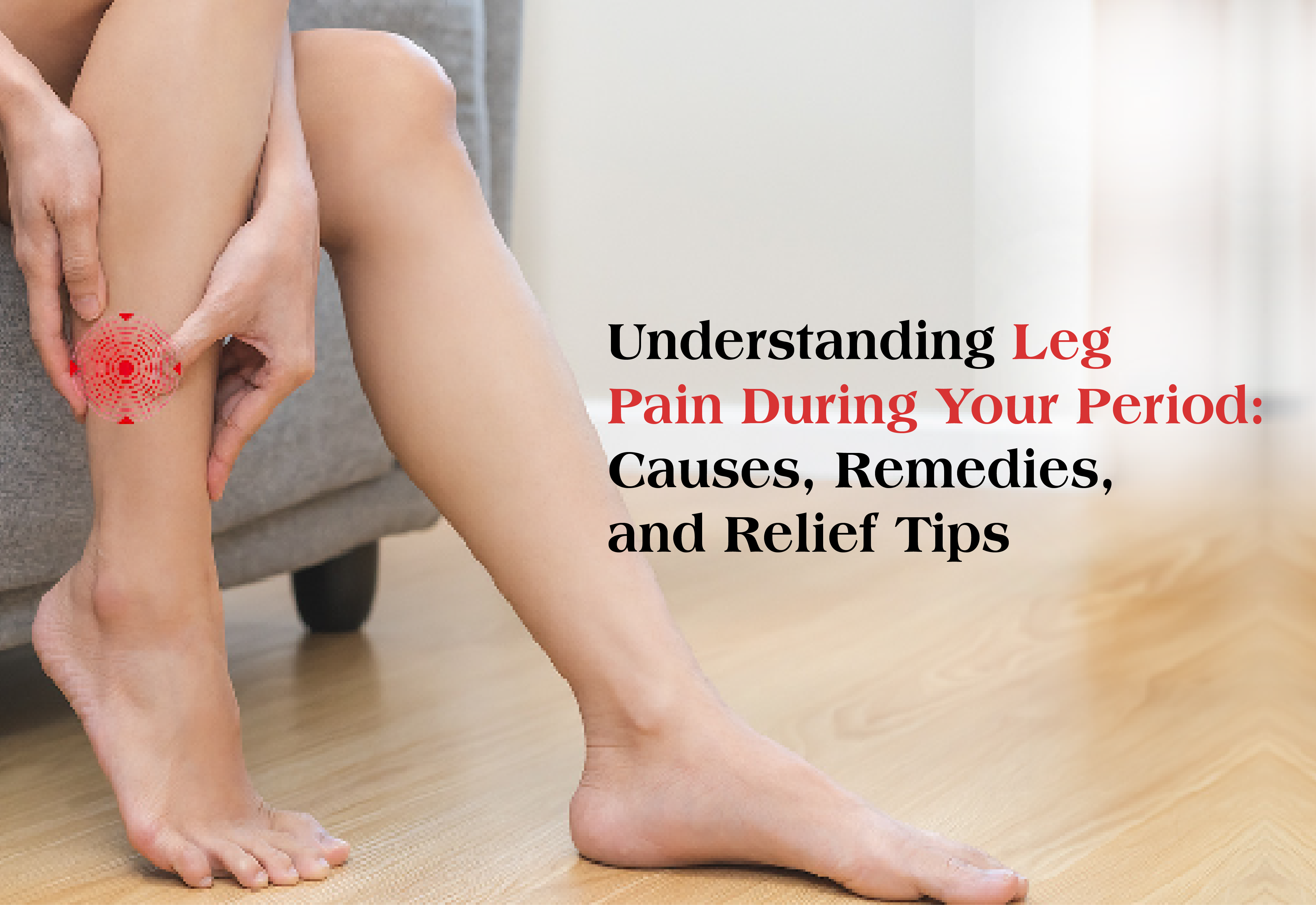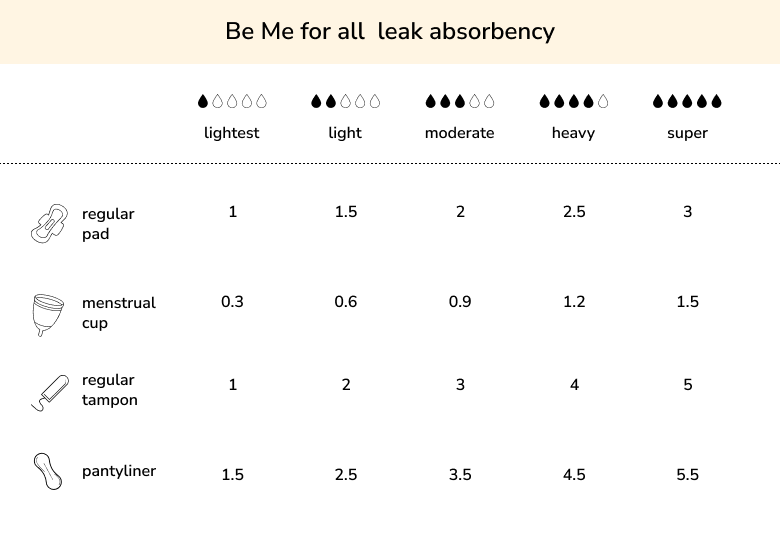
Understanding Leg Pain During Your Period: Causes, Remedies, and Relief Tips
Published At
For many, the arrival of their menstrual cycle brings a mixed bag of emotions—relief, anticipation, and often, discomfort. Among the less discussed challenges is leg pain during your period, an issue that can leave you feeling debilitated and searching for answers. Understanding why this discomfort occurs is the first step toward finding effective remedies and relief tips. From hormonal fluctuations to muscle tension, several factors can contribute to this unwelcome pain.
But fear not—relief is within reach! In this article, we’ll delve into the causes of leg pain during your period, explore various therapeutic approaches, and share practical tips to ease your discomfort. Whether you’re seeking natural remedies or lifestyle adjustments, our guide aims to empower you with knowledge and strategies to help you navigate this monthly challenge with confidence. Say goodbye to suffering in silence and hello to a more comfortable period experience!
Common Causes of Leg Pain During Your Period

Menstrual leg pain is often an overlooked symptom that many individuals experience during their period. While the discomfort can vary in intensity, understanding the common causes is crucial to addressing and alleviating it.
One primary cause of leg pain during menstruation is hormonal fluctuations that occur throughout the menstrual cycle. These changes can affect various parts of the body, including the muscles and nerves in the legs, leading to pain and discomfort.
Prostaglandins, hormone-like substances produced by the uterus, play a significant role in menstrual leg pain. These compounds are responsible for triggering uterine contractions to help shed the uterine lining. However, high levels of prostaglandins can cause intense contractions that radiate pain to the lower back, hips, and legs. In some cases, the pain may resemble sciatica.
Another contributor is fluid retention, which is common before and during periods. This leads to internal swelling of muscles, especially around the thighs and calves, causing pain and a heavy feeling in the legs.
The Connection Between Hormones and Leg Pain
The intricate relationship between hormones and leg pain during menstruation is a key area of focus for understanding this symptom. Estrogen and progesterone levels fluctuate throughout the cycle, impacting pain perception and inflammation.
During the luteal phase (just before your period), progesterone peaks and then drops, triggering menstruation and the related discomfort. Estrogen, on the other hand, influences fluid balance and nerve sensitivity. Higher estrogen levels can cause fluid retention, which increases pressure on nerves in the legs, especially if you already have poor circulation or varicose veins.
As both hormones drop before your period, prostaglandin levels rise, amplifying cramps and pain that may radiate to your legs. Understanding these hormonal effects helps guide your relief strategies.
Symptoms Associated with Menstrual Leg Pain
Menstrual leg pain can show up in different forms:
- Throbbing or dull ache in the thighs, calves, or feet
- Muscle cramps and spasms
- Swelling in the legs and feet due to water retention
- A feeling of heaviness or tightness in the legs
- Difficulty walking or discomfort while moving
- In some cases, a radiating pain that mimics nerve discomfort
It can also impact your mood and stress levels, as ongoing discomfort can affect sleep, work, and overall wellbeing.
Natural Remedies for Relieving Leg Pain

Looking for relief without medicine? Try these natural and effective methods:
1. Heat Therapy
Using a heating pad or warm compress on your legs can increase blood flow and reduce muscle stiffness. A warm bath with Epsom salts is another great way to relax tense muscles and ease inflammation.
2. Gentle Exercises
Even though moving might be the last thing you feel like doing, light activity like yoga, stretching, or walking can help reduce cramping and release endorphins—your body’s natural painkillers.
3. Magnesium Supplements
Magnesium helps relax muscles and reduces cramps. You can:
- Take magnesium supplements after consulting a doctor
- Eat magnesium-rich foods like green leafy vegetables, nuts, seeds, bananas, and whole grains
4. Hydration and Dietary Changes
Drink plenty of water to help flush out excess salt and reduce swelling. Also, reduce spicy and salty foods at least a week before your period, as they can increase water retention and muscle tension.
5. Anti-inflammatory Diet
Add more omega-3 rich foods (like flaxseeds, walnuts, and fatty fish), berries, turmeric, and leafy greens to your meals to lower inflammation naturally.
Over-the-Counter Medications for Menstrual Discomfort
If natural remedies aren’t enough, OTC medications can help:
- NSAIDs (like ibuprofen or naproxen) reduce pain and inflammation by blocking prostaglandins.
- Acetaminophen can relieve pain but doesn’t address inflammation.
- For recurring or severe leg pain, your doctor may suggest hormonal therapy such as birth control to regulate cycles and reduce pain triggers.
Always consult a healthcare provider before starting new medication
Lifestyle Changes to Alleviate Leg Pain
Simple everyday changes can make a big difference:
- Balanced Diet: Focus on foods rich in magnesium, calcium, potassium, and vitamin E
- Regular Physical Activity: Keeps blood circulation strong and prevents muscle tension
- Stretch Daily: Especially during your luteal and menstrual phases
- Manage Stress: Incorporate deep breathing, mindfulness, or meditation to reduce stress-induced pain sensitivity










